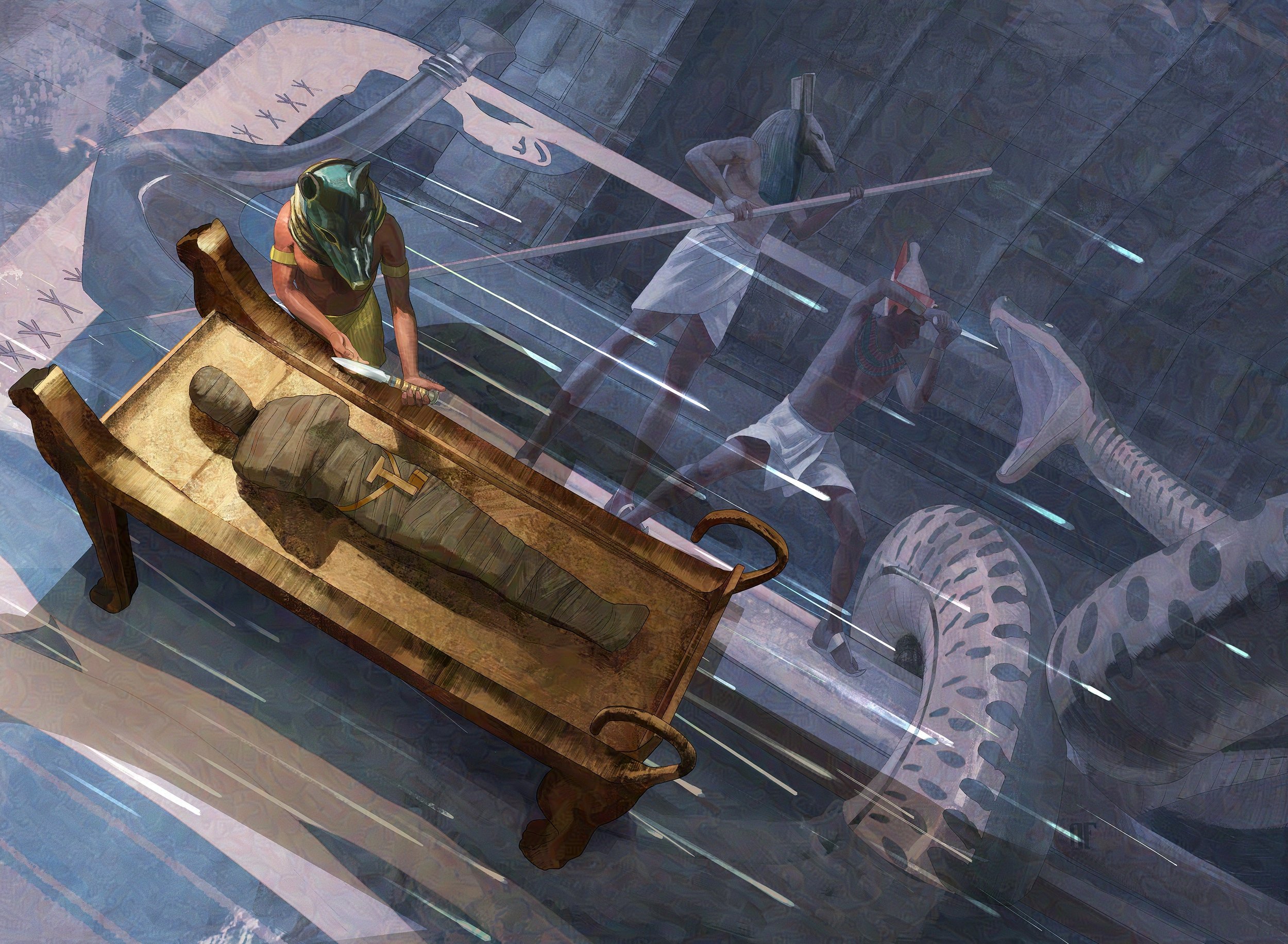
A few months ago I ordered a Microsoft Surface Pro 2. My needs were modest but specific -- to be able to produce sketches and revise illustrations outside the studio without adding much weight to my travel set-up. I’ve enjoyed the portability and simplicity of the iPad but it is dwarfed by the performance of my Cintiq. So when in the market for a laptop+tablet "travel" combination, I knew I needed a machine with a very particular set of skills.
After reading some write-ups on the Surface Pro and its Wacom screen performance, especially from
digital artists, I ordered a 256GB Pro 2 in November and have been using it for
roughs,
sketches,
studies, etc. I had yet to use it for a full illustration but since I spent the most part of last month travelling, I had the opportunity to put the device to the test and now return the review-favor. Here are a few photos and notes on my experience with the Surface Pro 2 as an illustration tool for the New Yorker piece “Labor Day.”

The Surface is a compact tablet – the 10.6" screen is only a few inches bigger than the sketchbooks I use regularly. The portability is great for working up roughs and thumbnails for assignments and pushing around digital paints, however, it is a bit more challenging to think big-picture or get precise line-drawings since the length/flow of drawing tends to bump up against the boundaries of the screen.
Pictured above is the basic work/travel setup I've taken on short trips up and down the west coast and overseas to London this past month. The form factor is still relatively small, even with these additions, and travels well. Pictured above is the Surface Pro, the stock Surface Pro Pen and white Modbook Pro Digitizer Pen, a 5.25" x 8.5"
Stillman & Birn (Epsillon series) sketchbook, and just inside the bag a pen case, the keyboard and stand. The Surface Pro weighs in at 2 lbs., which isn't bad for carrying around airports and train stations, but I wouldn't want to hold it for long periods while drawing and found myself wanting to apply a little more drawing pressure than the kickstand angle allows. I picked up
Surface Pro Artist's recommended
iKlip Studio Music Stand, which I now use all the time. The stand has a nice industrial build (I think it's primarily for musician's digital tablets) and it has multiple angles and grabby rubber feet that give it a sturdy base on any table.

Because I've become accustomed to the two side buttons and eraser on the Cintiq pen, I found the stock Surface pen underwhelming, and was glad to discover the
Modbook Pro Digitizer Pen, which comes with a range of Wacom nibs and includes two programmable buttons and an eraser. I have noticed slight shifts in the precision on each digitizer pen I've tried. I don't know if it is the calibration drivers or the sensors in the pens, but as I got into detailing more precise work, I felt the Microsoft pen registered slightly tighter than the Modbook.
I initially contemplated getting the Type Cover 2 keyboard to also act as a cover, but ultimately went with the Microsoft Wedge bluetooth keyboard as I keep the keyboard off to the left of the screen for shortcuts while working.

I got a call from The New Yorker about a quick-turnaround illustration when I was away from the studio over the holidays with only the Surface and my sketchbook, but having worked up elements of previous illustrations on the Surface, this felt like a reasonable test. The sketches were done in Photoshop, and then I went straight into the final drawing in Manga Studio. This turned out to be the trickiest part since the screen can feel a bit cramped when doing more gestural line work, so I tried to work around this by drawing slightly faster and adding a little more snap-correction to the pen in Manga Studio. The painted elements and colors were done in Corel Painter and fine tuned in Photoshop before being turned in the next morning. (The film is Jason Reitman's "Labor Day," review/illo in
this week's New Yorker.)

Overall I have to say the Surface Pro 2 has delivered nicely. I'm not sure why Microsoft isn't marketing its Wacom digitizer screen more prominently, but the 1,024 levels of pressure sensitivity are on par with their Intuos tablets, the processor has been keeping up with everything I've thrown at it, and simply being able to run full desktop Photoshop, Manga Studio etc. at the size of a sketchbook adds up to a really handy digital illustration tool.

























 Illustration for
Illustration for 


























